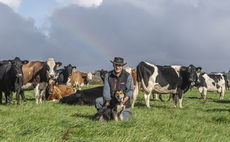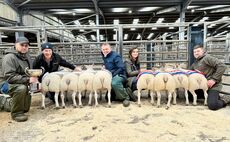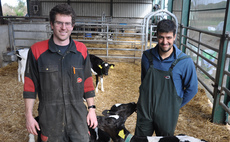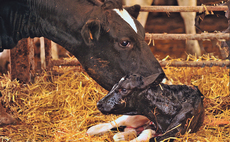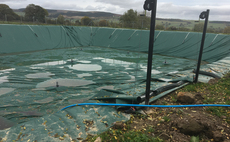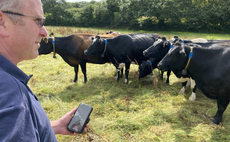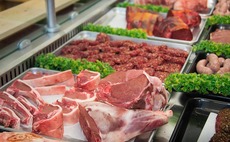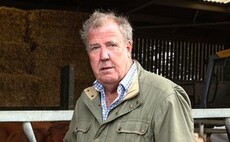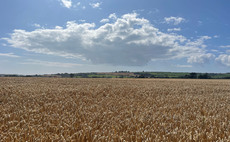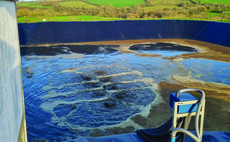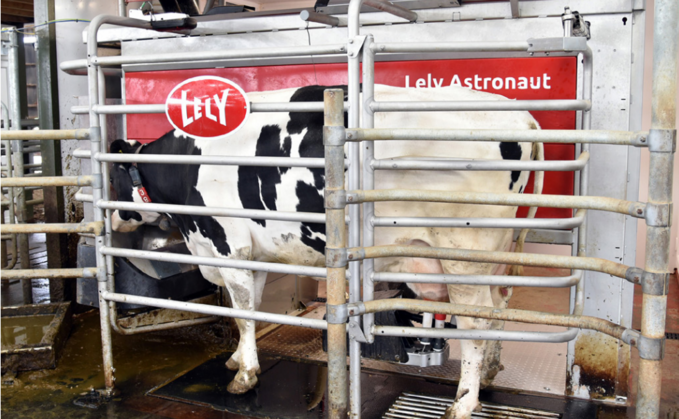
After converting to robotic milking in 2019, Steven and Tracey Holden now milk 110 Holstein Friesians, with an average yield of 10,800 litres per cow per year at 4.3% butterfat and 3.24% protein, on two Lely Astronauts.
Their purpose-built, light airy shed was designed to enable cows to reach their potential. With feed barriers along both sides and generous access to clean drinking troughs, cows never have far to walk for their next mouthful and there is enough feed barrier space for the whole herd to eat at the same time.
Getting the balance between out-of-robot and in-robot feeding, which can be a significant challenge on any automated milking unit, was an early priority, says Steven. He says: "We were struggling to consistently hit 28-30 litres/cow/day and do so economically. I felt that we could get more out of the cows without becoming over-reliant on concentrates.
"We produce plenty of good quality grass silage on our 56 hectares and I was keen to utilise this as much as possible, along with other forage sources."
Steven got in contact with ForFarmers specialists, who visited the farm and worked with him to come up with a revised approach to feeding and have supported the herd ever since.
He says: "We have simplified our in-robot feeding, cut back the amount of blend we feed and its protein content and just over a year ago, we started adding maize silage into the cows' diet to increase the energy.
"We had been feeding different types of nut via the robots, to separate sections of the herd, so one of the first things we did was switch to feeding the whole herd with just one type of Optima, high-performance nut.
"To increase the overall energy provision in the diet, we also introduced maize silage into the ration fed down the barrier and rebalanced the protein levels in the blend. "This is fed at a rate of 3.5kg/cow/ day compared to the 5.5kg/cow/day fed previously."

The herd is now fed 25kg of grass silage at the barrier, along with 15kg of maize silage, 3.5kg of Intamix meal, and 4.5kg of a moist blend and minerals.
Steven says: "We have used a moist blend for a long time and this, coupled with the maize silage, increases the ration's palatability and fuels higher intakes. "I think we were feeding too much protein before.
��
Now we are feeding lower rates of blend things seem to be about right and overall the diet is nicely balanced. The results speak for themselves. "Milk yields used to be about 28-30 litres/cow/day, but now they are hitting 35-36 litres. And all while decreasing concentrate use and increasing milk yields from forage - we consistently achieve a rolling average of more than 35% total yield from forage."
The Holdens use ForFarmers' Robotic Analysis Programme, which provides insights into how the herd is performing at group and individual level. ForFarmers account manager Emma Moore recently used the data to identify an issue which was holding back yields in some of the herd.
She says: "We found that milk access settings on the robots were working against the early lactation animals and particularly the heifers, restricting their access to the robots. "We also found that mid and late lactation animals were taking up too much time in the robot and their milking efficiency could be improved. "By adjusting the settings to allow greater access to cows and heifers at 0-100 days in-milk and slightly reducing access to mid and late lactation animals by encouraging them to give more milk per visit, we were able to drive yields in early lactation while maintaining yields and improving milking efficiency in later lactation.��
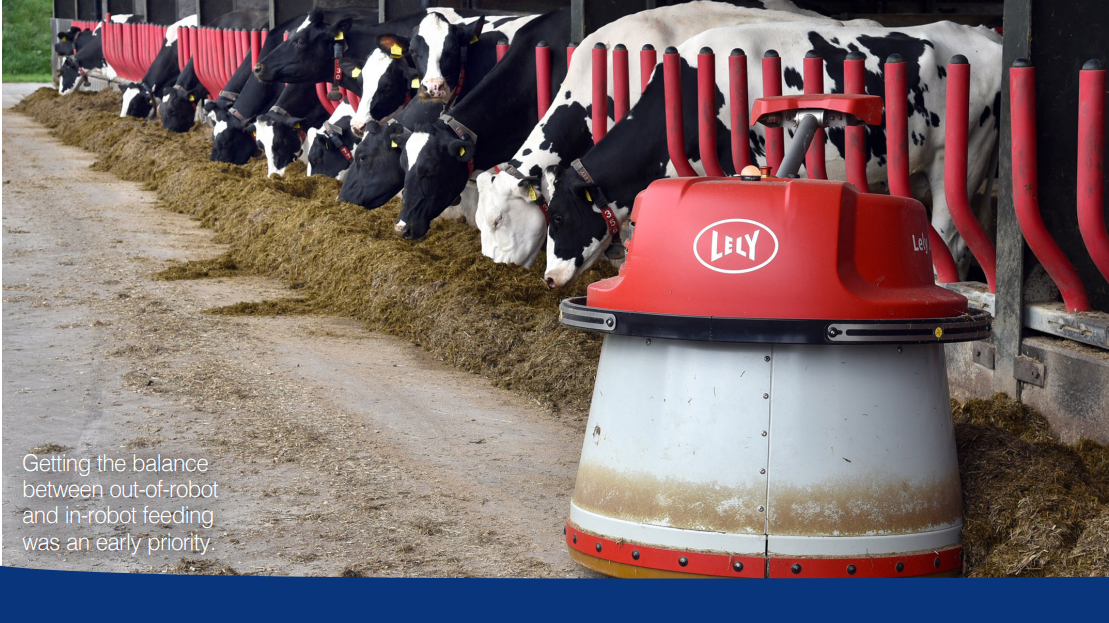
Targets
"Cows in the first 100 days of lactation should be giving 50% of that total lactation's yield. Cows in the 100-200 days in-milk group should be giving 30% of their yield and the 300 days-plus cows should be giving 20% of the total yield. "We did not always see this with the Holdens' herd and through the Robotic Analysis Programme we could see that access settings were working against those early lactation animals."
Increasing access to the robots for cows in the 0-100 days in-milk group saw an average milk yield increase of 3.5kg/cow/day and 0.3 milkings, taking the group average to 3.8 milkings in 24 hours. For the heifers in that group, there was an increase of 3.4kg milk yield per day and an increase of 0.3 milkings, to an average of 3.6 milkings in 24 hours.
For the 100-200 days in-milk group which had their access to the robot reduced slightly, results showed an increase of 2kg of milk per visit leading to a decrease of 0.2 milkings/cow per 24 hours, with average yields maintained.
It was a similar story for the 200-plus days in-milk group, which reduced their average milkings per 24 hours by 0.3, but still maintained their average yields. Emma says: "The Holdens are a great example of how data can work to drive performance."
"The cows have the right diet, a great environment in which to perform well and the data allows us to identify groups and individual outliers in the system and adjust the settings so they can all reach their full potential."��
��






